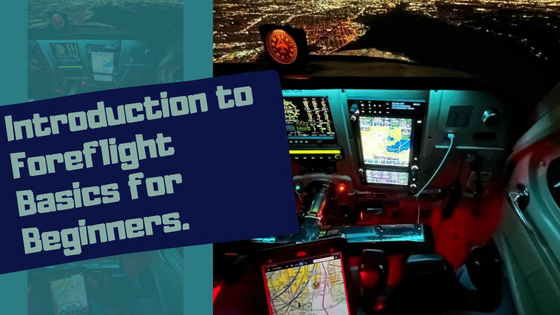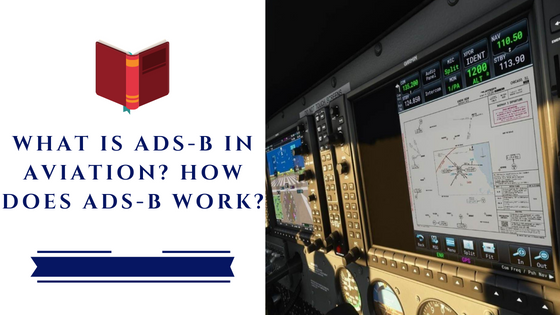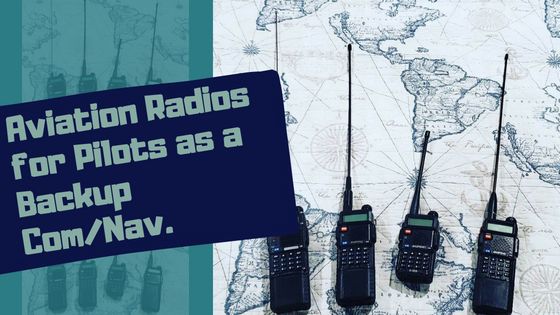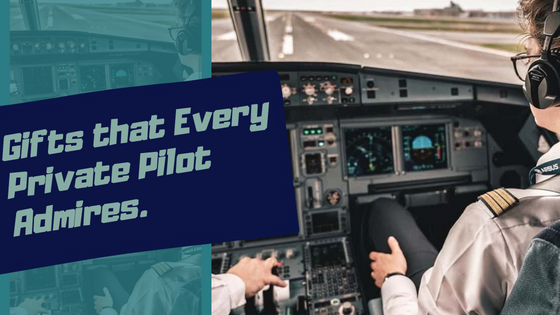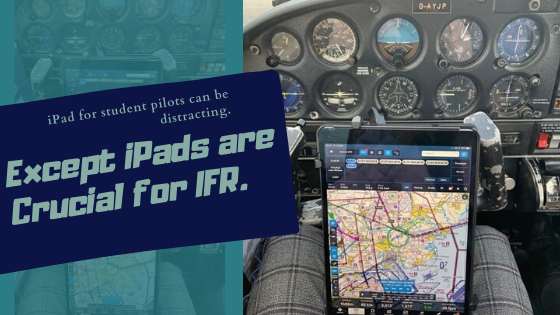What are the benefits of using ADS-B in modern-day Aviation?
As airspace and airports are getting more congested, ADS-B will reduce the risk of air traffic collisions by giving more accurate location information.
As a result, flights are becoming safer than ever, and the airline can operate their flights efficiently.
ADS-B ground equipment is cheaper, and installing them is more susceptible than installing a radar.
So, comprehensive area coverage is possible for ADS-B quickly.
How does having ADS-B-equipped aircraft ensure safety? An aircraft equipped with ADS-B in and ADS-B out improves situational awareness.
- The pilot will be able to see the other traffic within 15 nautical miles radius of their aircraft;
- The pilot can read the airspeed of the other aircraft as well as its altitude;
- The pilot will get a heads-up on the weather ahead and what to expect;
- Users of ADS-B will receive updates on Temporary flight restrictions to runway closures.
- ADS-B-equipped aircraft have better VFR range coverage;
- During an emergency, the ADS-B enables the search and rescue to locate the aircraft more accurately;
- Visual separation in all weather conditions, for example, in MVR conditions;
- Real-time cockpit weather and airspace display.
How has ADS-B contributed to the efficiency of operating aircraft?
ADS-B enables air traffic controllers to maintain a better flow of traffic.
By having accurate information about the aircraft’s position, it is easier for air traffic controllers to maintain the following:
- Traffic separation;
- Reduced separation on final approach;
- Improved air traffic control service in congested airspaces.
- Surface operations in lower visibility conditions.
Due to all these factors, airlines relying on ADS-B technology in their aircraft see a noticeable reduction in fuel burn and holding times.

